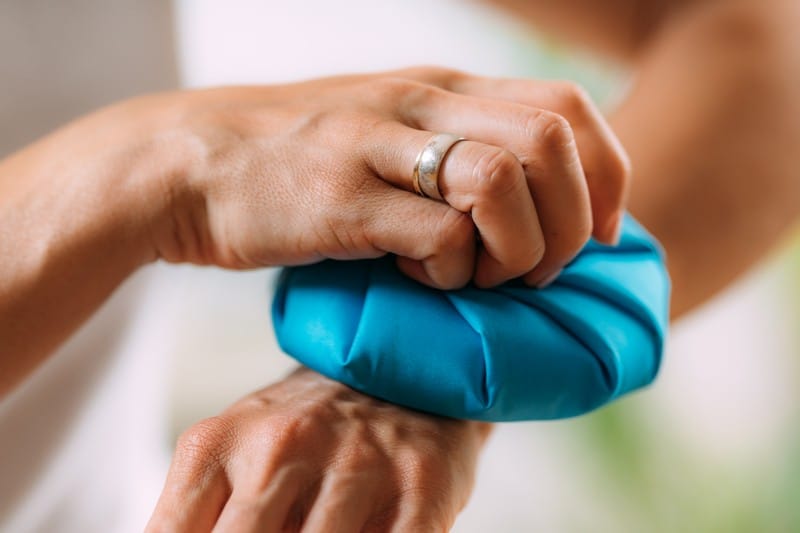Rashes are patches of inflamed and irritated skin; some rashes cause irritation, redness, discomfort, and itching. Blisters and raw skin are possible complications of certain rashes. The appearance of a rash is a standard indicator of more severe health issues. Irritating chemicals and allergies are two more potential triggers. Moreover, there may be a genetic predisposition for rash development. Itchy rashes might appear very quickly in some instances. Some others take many days to develop. While most rashes heal in a short time, others stay much longer and need continuous care. Eczema, granuloma annulare, lichen planus, and pityriasis rosea are just a few examples of the many rashes that may appear on the skin.
It is advised not to scratch rashes. In order to effectively treat a rash, it is necessary to identify its specific etiology. Consult a doctor if the rash is severe, lingers for a while, or is accompanied by other symptoms. Potential treatments include moisturizers, lotions, baths, cortisone creams to reduce inflammation, and antihistamines to relieve itching. Here are possible remedies for rashes and their justifications for doing so.
Cold Compress

Applying cold is a quick and easy way to alleviate the discomfort of a rash. Due to decreased blood flow, chilly temperatures may provide temporary pain relief. Applying cold water in the form of a compress, shower, or moist cloth may provide instant comfort and help reduce swelling, itching, and the spread of a rash. Use ice packed in cloth bags, which could either be made or bought. They retain their form when frozen, and may be reheated for additional applications.
Blood flow to an inflammatory region is reduced when it is cool. The irritation and inflammation caused by a rash may be relieved almost instantly by applying ice or cold water to the affected area. Some people find relief from rashes in the shower or bath, especially if the rash is widespread or located in a region that is inconvenient to cover with an ice pack. However, it must be taken into account that applying a cold pack to the affected area should not be prolonged for over 20 minutes. Furthermore, applications must be an hour apart to avoid any further complication that may occur from cold temperatures.










